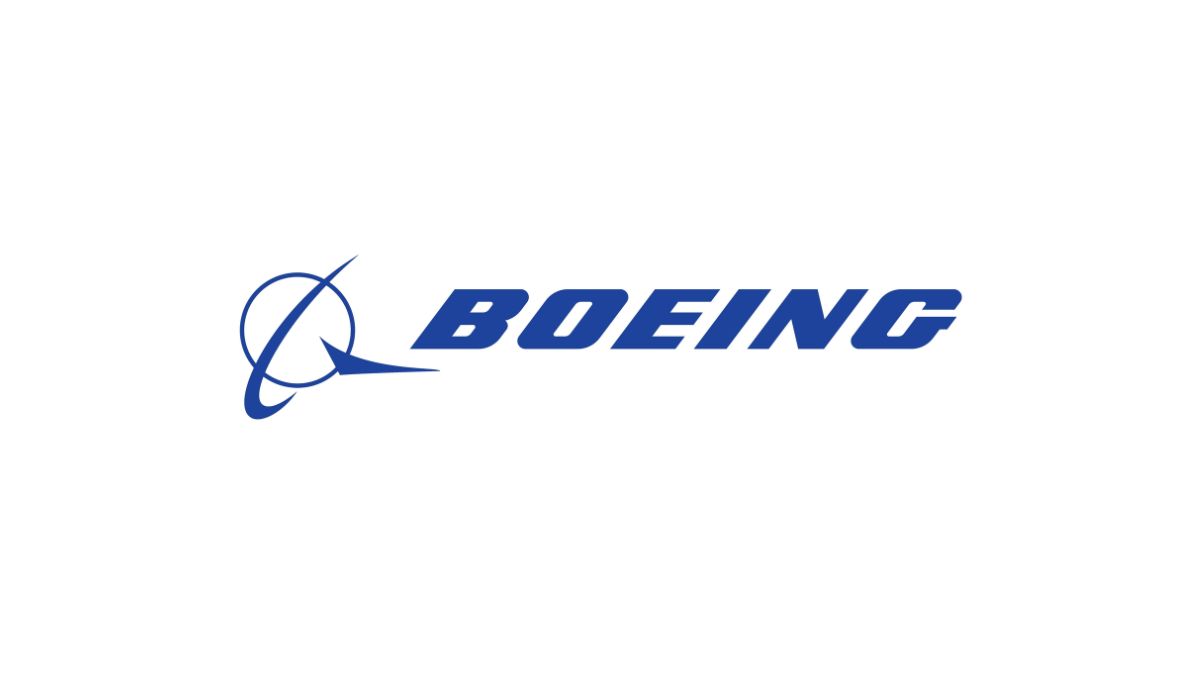Boeing Company (NYSE: BA) reported a strong 30% year-on-year (YoY) increase in third-quarter revenue to $23.27 billion, beating market expectations of $22.29 billion. However, the aviation giant posted a wider-than-expected adjusted loss, driven by a one-time charge on its delayed 777X program.
Financial performance
- Revenue: $23.27 billion vs $22.29 billion estimated; up from $21.68 billion last quarter
- Core loss per share: $7.47 vs $4.92 estimated
- Adjusted free cash flow: negative $238 million vs negative $884.1 million estimated
- Operating cash flow: $1.12 billion vs estimates of negative $197 million
Despite the reported loss, Boeing showed major improvement in cash flow, narrowing its deficit from negative $1.34 billion a year ago. The company also noted that the $4.9 billion charge on the 777X wide-body jet program contributed significantly to its quarterly loss.
Production and operations
CEO Kelly Ortberg highlighted Boeing’s continued recovery momentum, noting,
“With a sustained focus on safety and quality, we achieved important milestones in our recovery as we generated positive free cash flow in the quarter and jointly agreed with the FAA in October to increase 737 production to 42 per month.”
Boeing delivered 160 commercial aircraft during the quarter — up from 150 in the previous quarter and 116 a year earlier. This included:
- 121 units of the 737 MAX (vs 92 YoY)
- 24 units of the 787 Dreamliner (vs 14 YoY)
- 9 units of the 777 series (vs 4 YoY)
- 6 units of the 767 (unchanged YoY)
The 737 MAX program continues to be Boeing’s key driver, with the FAA approving an increase in production from 38 to 42 aircraft per month after safety compliance checks. Ortberg said Boeing’s long-term goal remains to ramp up 737 MAX output to 47 planes per month.
Outlook
While Boeing remains challenged by the 777X delays, the aircraft has performed well in flight testing, according to the company. Ortberg reiterated the firm’s commitment to “stabilizing operations” and rebuilding stakeholder trust.
The results signal a gradual turnaround under Ortberg’s leadership, emphasizing operational recovery and a measured approach to ramping production.
Disclaimer: The information provided is for informational purposes only and should not be considered financial or investment advice. Stock market investments are subject to market risks. Always conduct your own research or consult a financial advisor before making investment decisions. Author or Business Upturn is not liable for any losses arising from the use of this information.


